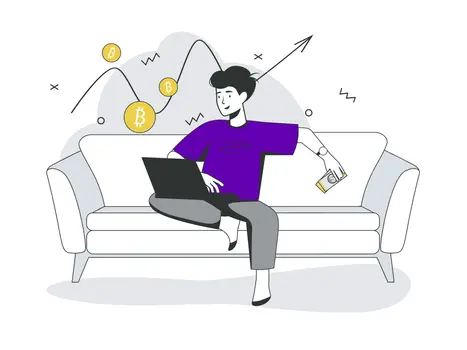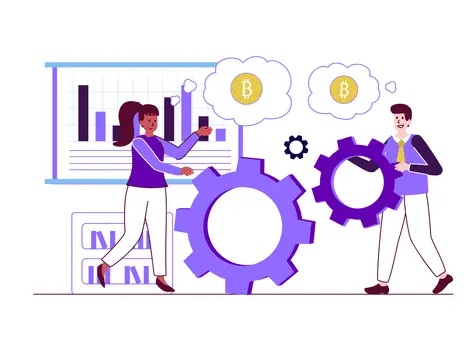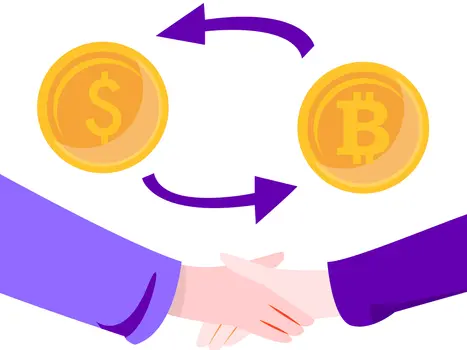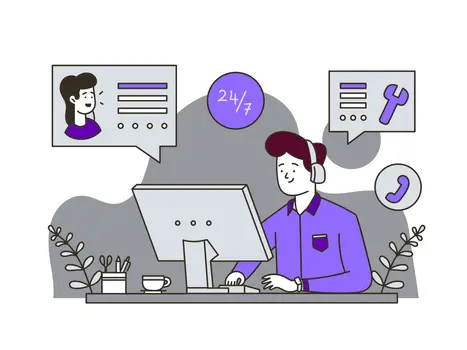Understanding Blockchain Technology in Practice
Blockchain technology is revolutionizing online security by providing an encrypted network for digital currencies such as Bitcoin.
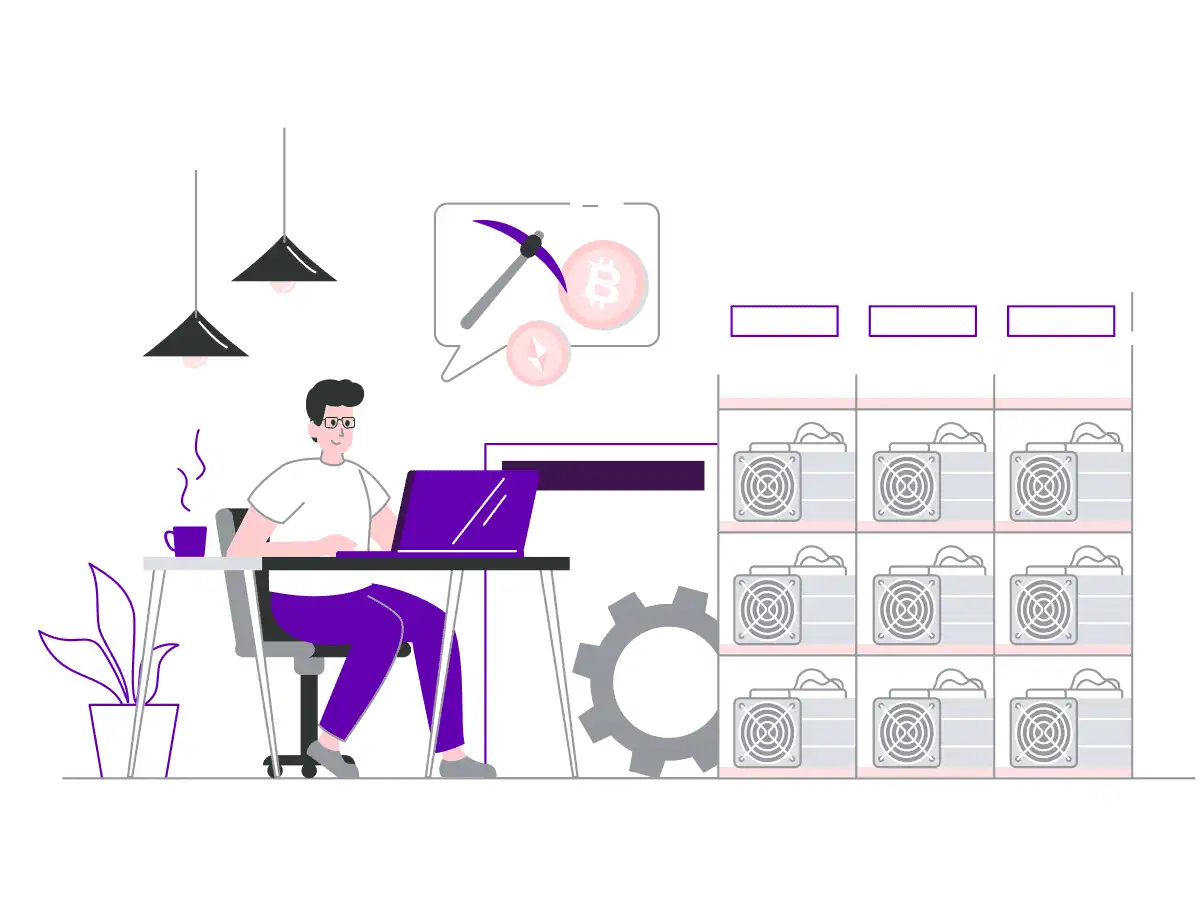
A network of encrypted information that records each and every movement, that is blockchain technology. With it, you can create, sell and buy digital products or even digitally represent a physical product. The blocks that form the network contain numerous information, recorded using cryptography. All transactions performed are validated by thousands of computers spread around the world, so it is decentralized, there is no owner or validator. The way blockchain works practically makes hacker attacks and/or alterations in its chain unfeasible, which makes it a safe means of digital records, providing authenticity to information, speed and lower costs and bureaucracy.
What's blockchain?
Blockchain technology was born along with the cryptocurrency bitcoin 10 years ago, created by Satoshi Nakamoto - a pseudonym representing the developers behind this crypto, whose identity is unknown. It is worth noting that blockchain technology is not bitcoin itself, but rather the tool that makes this cryptocurrency possible, like the gears in a truck that allow it to run. This is why before understanding what cryptocurrencies are, you need to understand the digital intelligence behind them.
In short, the blockchain is a network of codified information that records all movements within it. We can imagine a large Excel spreadsheet, organized by interconnected blocks. The technology is a means of managing valuable assets (physical or digital, such as cryptocurrencies) in the digital environment in a secure, immutable, transparent and decentralized manner - without the need for an owner or only an information validator (governments, banks, notaries, judges, auditors).
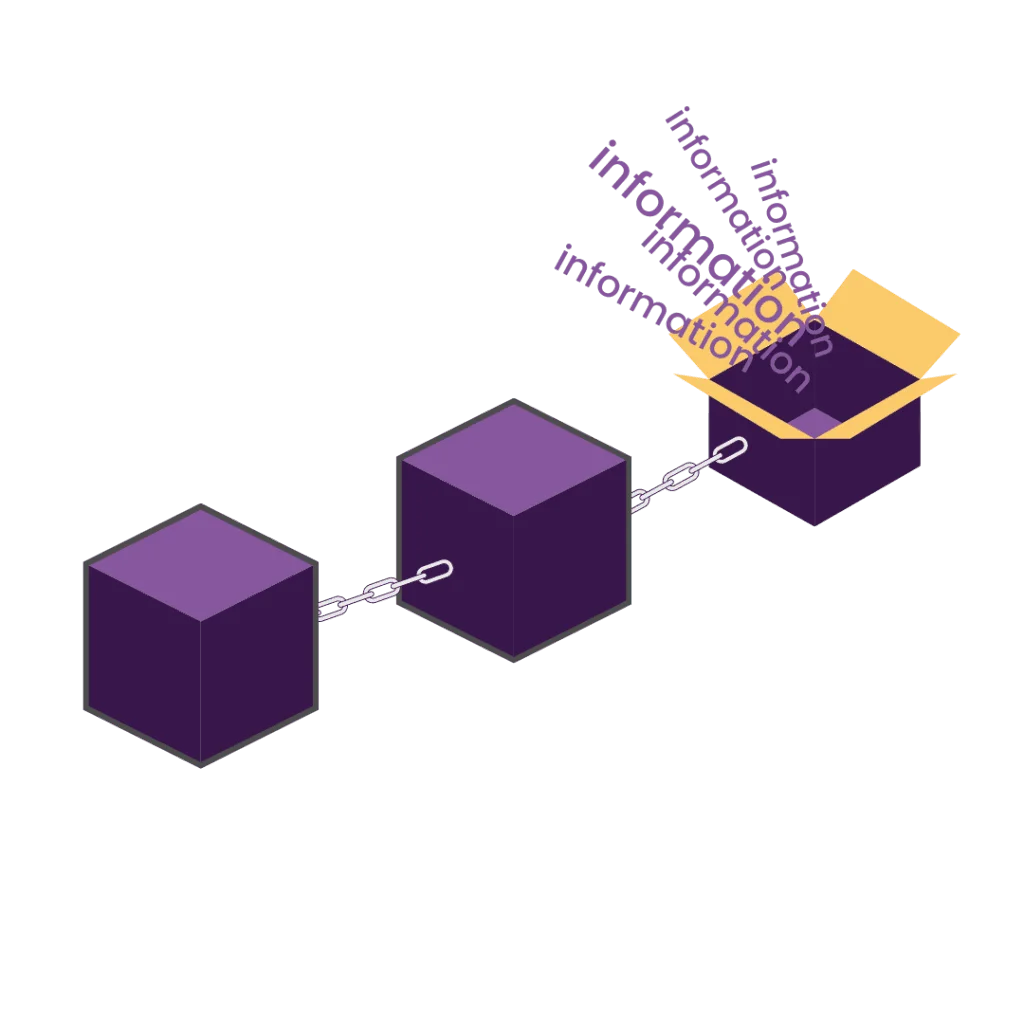
How blockchain is possible?
Think of a series of blocks connected together. Each of these blocks contains a lot of information. When the block's capacity is exhausted, it is closed, like a box, and
a new block is opened. This new box will contain the information from the previous block + the information recorded in it, thus creating a chain of blocks (blockchain). Therefore, the order of the entire network is impossible to change.
The information in the blockchain is recorded using cryptography (technique of sharing coded information, so that only sender and receiver can decipher it), that is why no data is exposed because all of it is represented by a code.
Physically, this network is formed by countless computers scattered around the world, which work by validating all transactions performed in that blockchain. The information is only registered in the network when validated by these computers, made available by the so-called miners - named after the act of mining precious metals - who manage the software connected to the blockchain.

After all, does anyone control the blockchain?
Scattered around the world are people who provide a computer, hardware, to act on the blockchain, evaluating and validating the information, through the blockchain consensus. A transaction is only included in a block after the simple majority of the network (50%+1) understands that it is legitimate and correct. This way, there is no controller/validator, but a large network acting in an automated way.
There are thousands of computers performing this role, making it difficult for a hacker attack, an attempt to change the encodings, for example, since the network identifies and does not validate the transaction. This whole process is very fast, with a new block created every 10 minutes.
It is these characteristics that make blockchain a secure and uncomplicated technology at the same time, as transactions can be performed P2P (peer-to-peer) and validated quickly and uncomplicated.
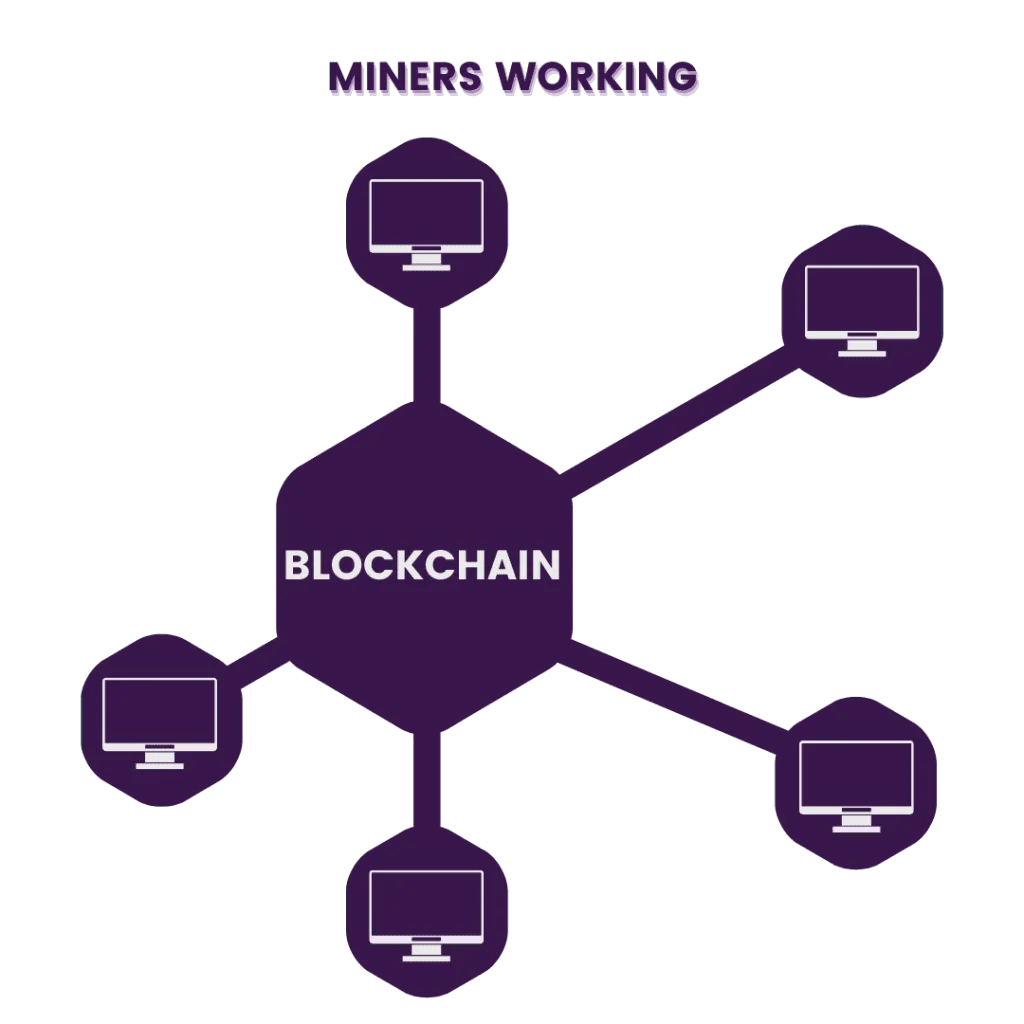
Expanding technology
The blockchain operating logic is attracting more and more different industries. Innovative products and services are looking for ease, less bureaucracy, speed and security, while the digitalization of things is advancing more and more. Blockchain technology meets this scenario very well. Through it cryptocurrencies, crypto-art, smart contracts, NFT's and other assets are developed, but these are subjects for the next classes.
